Palmetto Bluff Real Estate Company Sales Office
Office Hours
Monday-Friday 9am - 5pm
Saturday 9am - 4pm
Sunday 12 - 4pm
Saturday 9am - 4pm
Sunday 12 - 4pm
The autumn sun is beginning to set over the salt marsh, casting a golden glow on the sea of grass before me. I’m standing at the edge of Theus Point, listening to the sounds of the marsh settling down for the night. Marsh hens finish their cackling and prepare to retire for the evening. The bubbly pop of oyster shells expelling water on the falling tide punctuates the quiet. I watch a northern harrier (endearingly named “marsh hawk”) glide over the vegetation while looking for an evening meal. The sulfurous smell of pluff mud permeates the air. I breathe the aroma in deeply and am reminded of the childhood I spent living alongside a saltwater marsh in Charleston.
The salt marsh is an integral part of life in the Lowcountry. Fingers of its serpentine channels reach into our culture and flood our history. It is the basis of much of our economy, from the fishery and shellfish industries to tourism. Our coastal marshes provide a buffer from hurricanes and absorb much of the storm surges associated with them. It is amazing to consider that the foundation on which this ecosystem and our culture rests is a single species of grass, spartina alterniflora, or smooth cordgrass.
Spartina has deep roots that anchor it into pluff mud, which, ironically, is composed of decayed spartina along with other organic matter. The constant process of decay in this plethoric detritus is what causes the sulfuric rotten egg smell that is either loved or hated by coastal inhabitants; there is rarely an ambivalence on this odorous emission. These prolific roots mean spartina can withstand twice daily tidal changes without being washed away. Their presence decelerates the fl ow of water, causing sediment to precipitate and accumulate over time, providing habitat for mussels and oysters.
Spartina is the only plant along our coast tolerant of extreme conditions resulting from repeated inundations of saltwater. The constant change in water level causes multiple tremendous temperature fluctuations within a single day. Spartina is halophytic, meaning it is a plant adapted to environments rich in salt. The epidermal tissue of its leaves has special glands that excrete salt and allow this grass to withstand constant exposure to saltwater. As a child, I used to run my fingers along the stalks so I could taste the marshy salt. These adaptations mean spartina is extremely adept at dominating this habitat at the almost complete exclusion of other plants, making our marshes a grassland in the water.
The fall has always been my favorite time of year in the salt marsh. Flowering grass stalks produce seeds smaller than a grain of rice and then, spent and with a fulfilled purpose, begin to die off in preparation for winter. The dying leaf blades begin to change color in the late fall, becoming beautifully golden before settling on light brown. Some of these dead stalks break off and float as wrack in the tide, beginning their process of decay with the assistance of bacteria and algae. Come spring, new growth will push up and detach the remaining dead stalks, and these too will turn into wrack and eventually decompose. The annual cycle of growth and death makes the salt marsh one of the most energetically productive ecosystems in the world—second only to tropical rain forests.
Decaying spartina is an important food source for many detritivores that eat rotting organic material, such as grass shrimp and fiddler crabs. As dead spartina grass gets broken down into smaller and smaller particles, it is filtered from the water by several bivalves and crustaceans, including oysters, mussels, and barnacles. Fiddler crabs help mix particles that sink below the mud by bringing balls of sludge to the surface while excavating their burrows. The nutrient influx from spartina is what makes our water so murky—and so productive.
The abundance of nutrients combined with shelter from predators makes the salt marsh a crucial nursery. Over 75 percent of species in our commercial fishery use its protection at some point during their life cycle, including shrimp, blue crabs, oysters, and red drum. Some species complete their entire life cycle within the confines of the salt marsh, while others are transient, beginning their ontogeny in the ocean then moving into inland creeks to spawn, breed, or grow. Our humble salt marsh is the beginning of the circle of life for our oceans.
While I have been pondering this, the sun has completed its journey to the bottom of the sky, and I begin to head back to my truck. I hope to see an otter slinking through the marsh in search of crustaceans or an owl hunting for rodents scurrying within the grass. As I drive away, I study the moonlight gleaming off the unassuming stalks of the foundation of it all: the spartina grass.
%GALLERY%

Palmetto Bluff’s Moreland Village feels a world away from the more traditional architecture of the iconi...
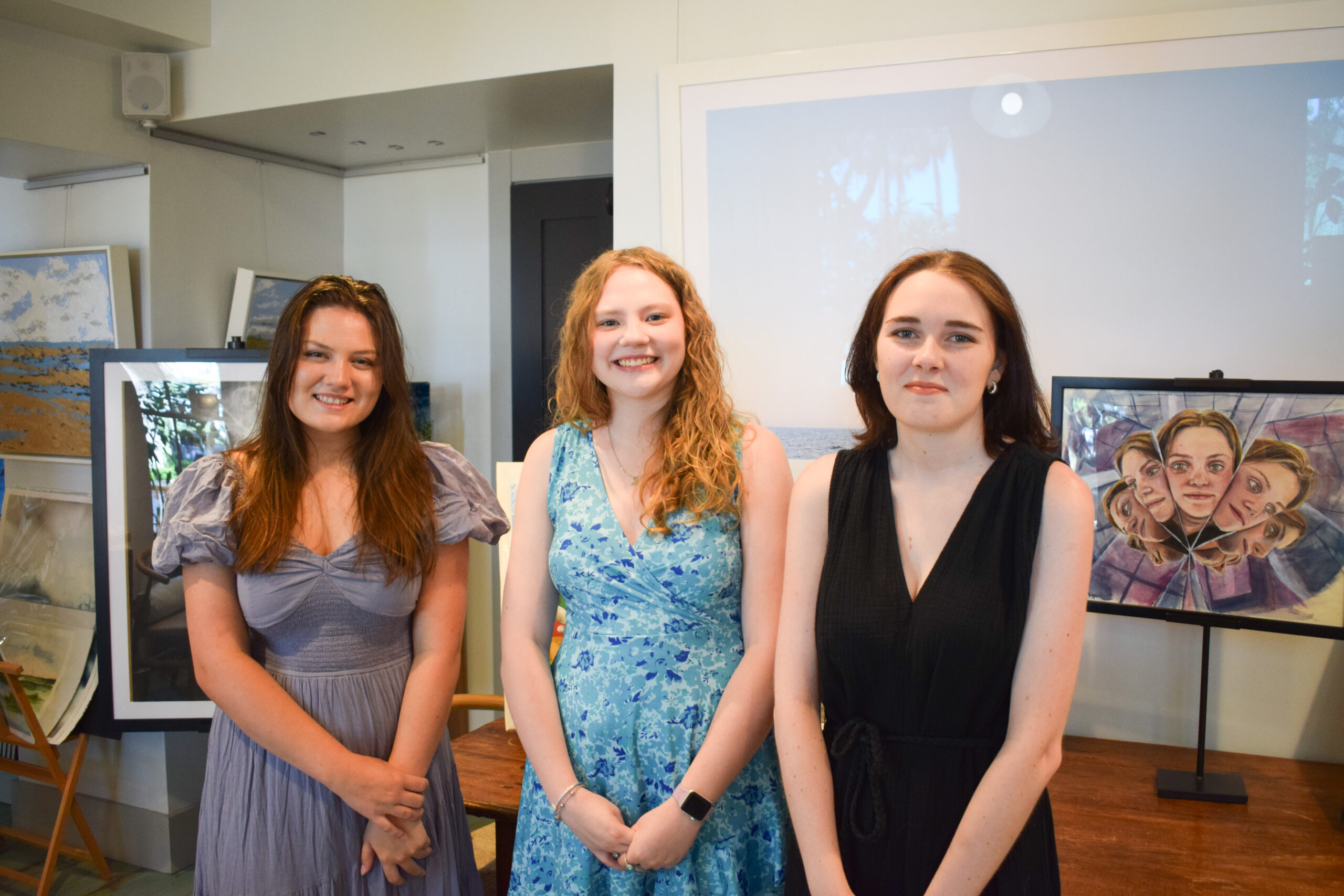
We are thrilled to introduce the inaugural winners of the Inspiring the Arts Scholarship—three extraordinary young women pursuing their artistic dreams through higher education! Katherine Donahue has been named our first official scholarship recipient, wit...
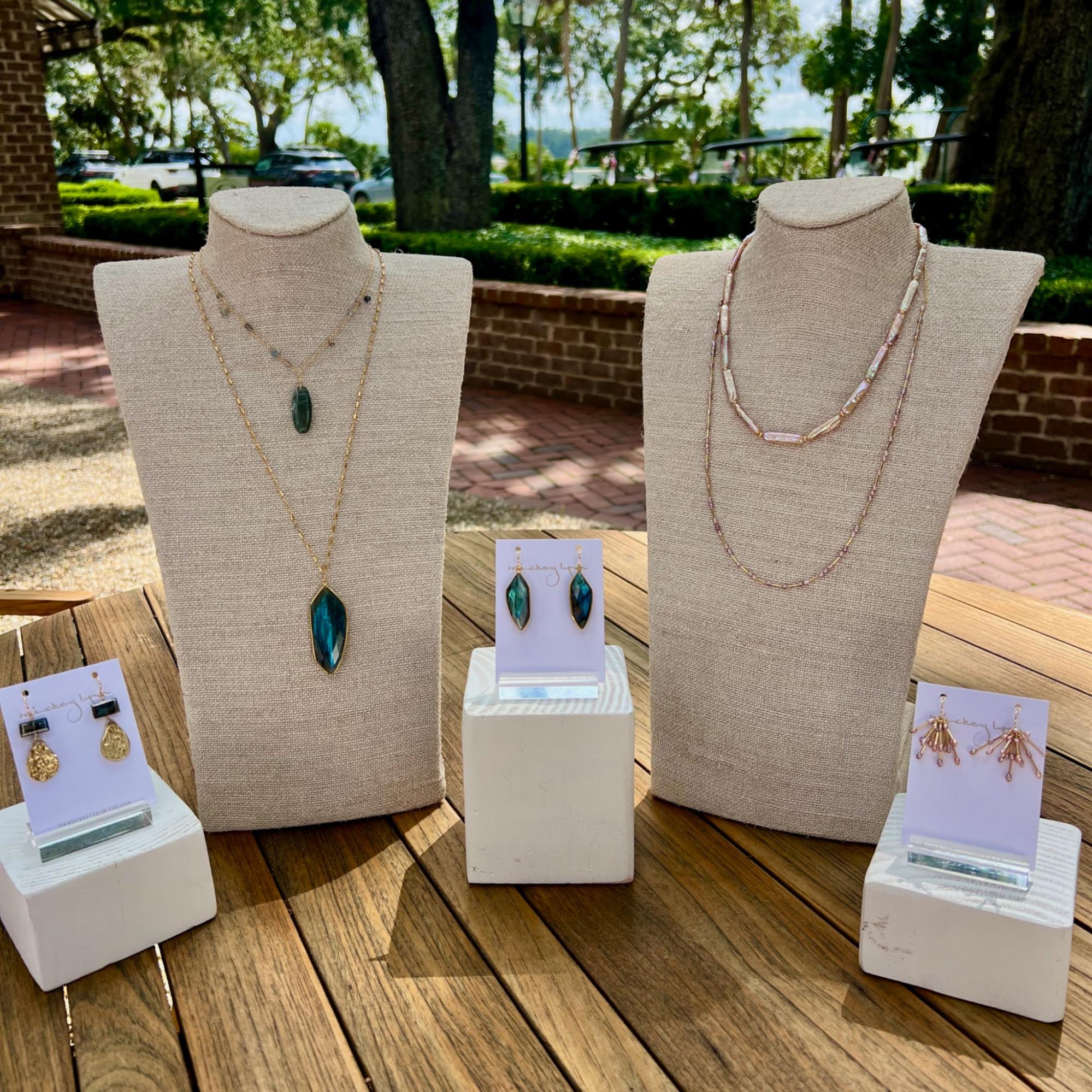
From handmade jewelry to performance wear, the latest arrivals at Palmetto Bluff’s retail spots capture the season in true Lowcountry style. This summer, the Bluff’s shops are full of fresh finds, carefully chosen by our trusted retailers—including FLOW Galler...
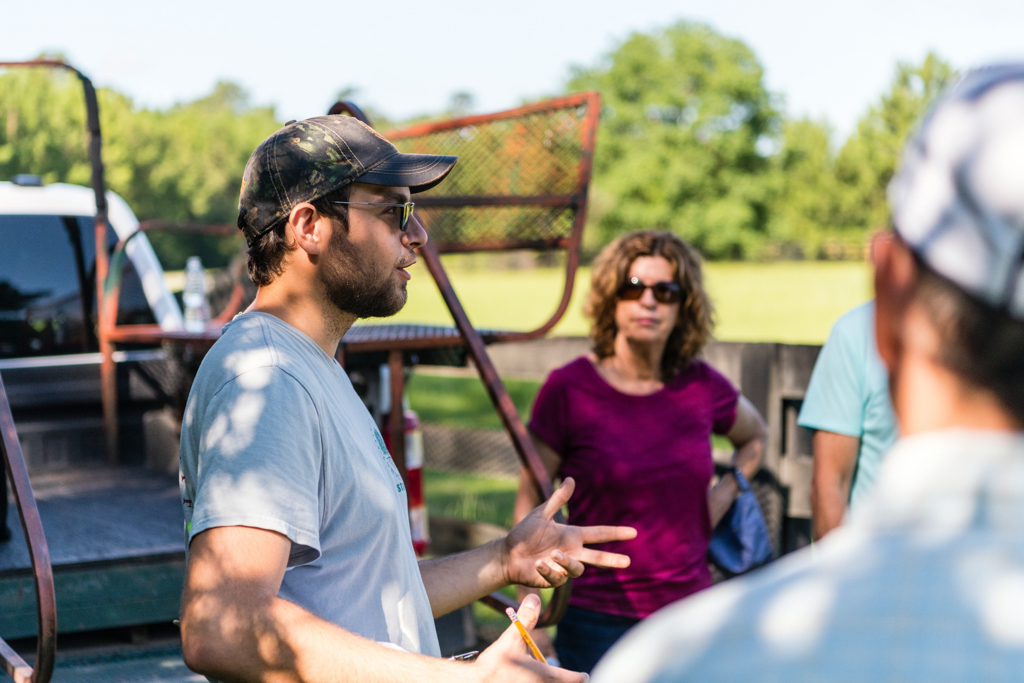
Citizen Science is Thriving at Palmetto BluffDid you know that residents of Palmetto Bluff are playing a vital role in national and global conservation efforts—all from their backyard?Through the Palmetto Bluff Conservancy’s growing Citizen Science programs, c...

In October 2024, Grammy Award-winning musician Clay Ross visited Palmetto Bluff as part of The Arts Initiative's Artist in Residence Program. Through storytelling and song, he explores identity, heritage, and the universal language of sound. By Barry Kaufman ...
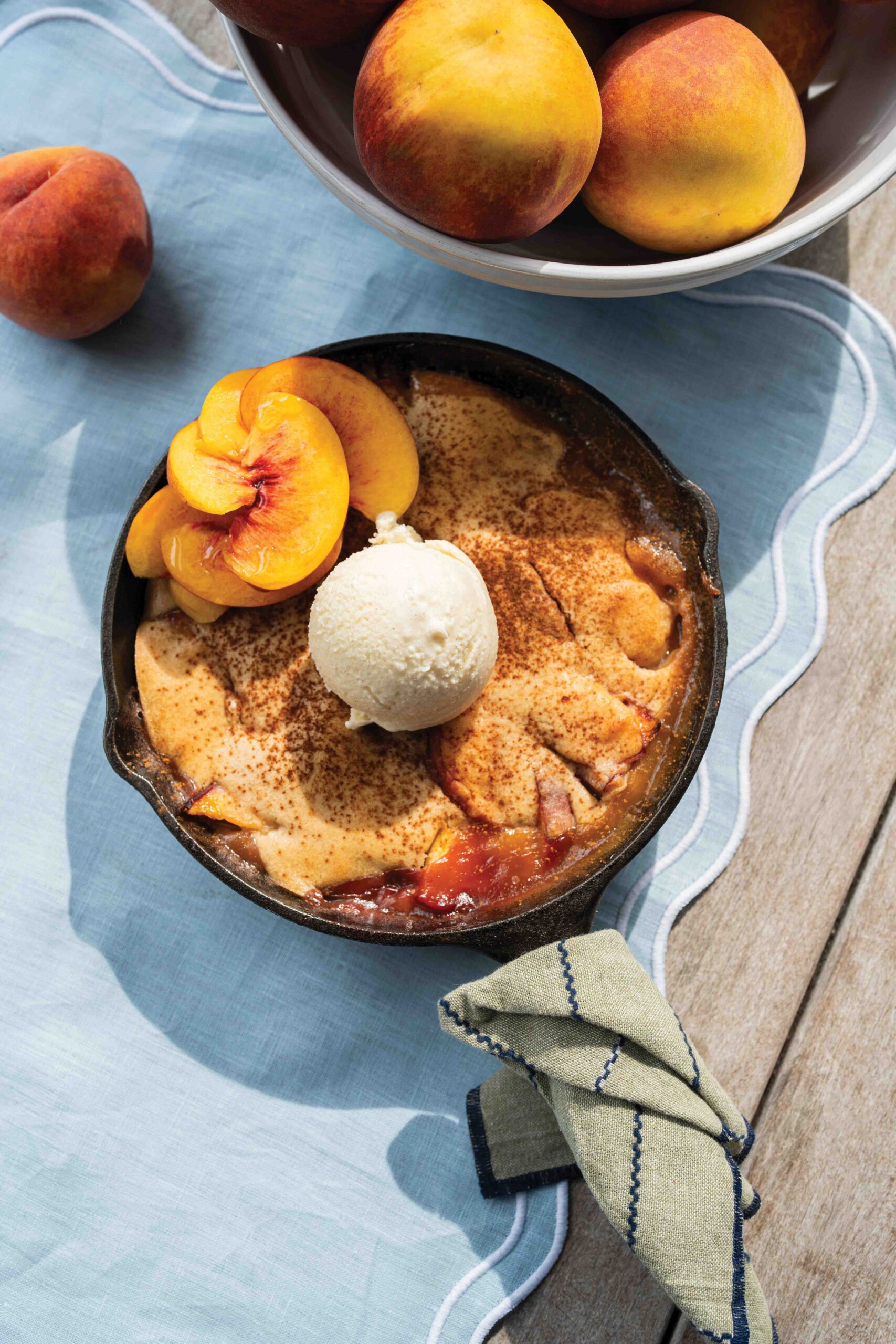
Palmetto Bluff Club Executive Chef Beth Cosgrove and Director of Culinary, Chef Rhy Waddington, Cook Up Four Peachy Recipes for a Summer in the South. Is there anything more iconic than a southern peach? A symbol of summer and Southern heritage, the peach car...
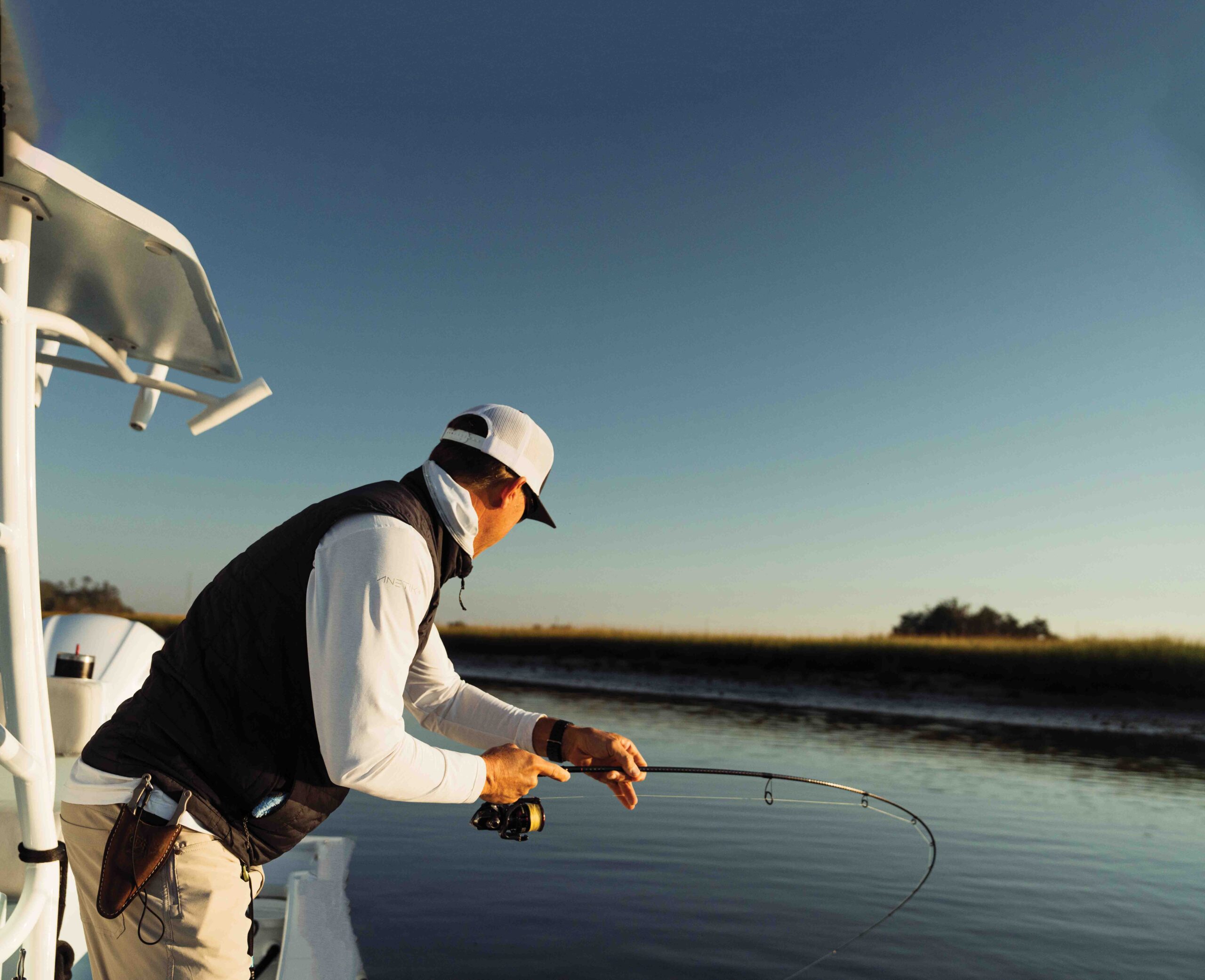
Following the tides and angling for redfish in Lowcountry creeks and estuaries with Captains Brian Vaughn and Will Stephens Story by Sandy Lang It is a sunny morning in October and the water is calm and glassy. The silence is punctuated by a gush of breath f...
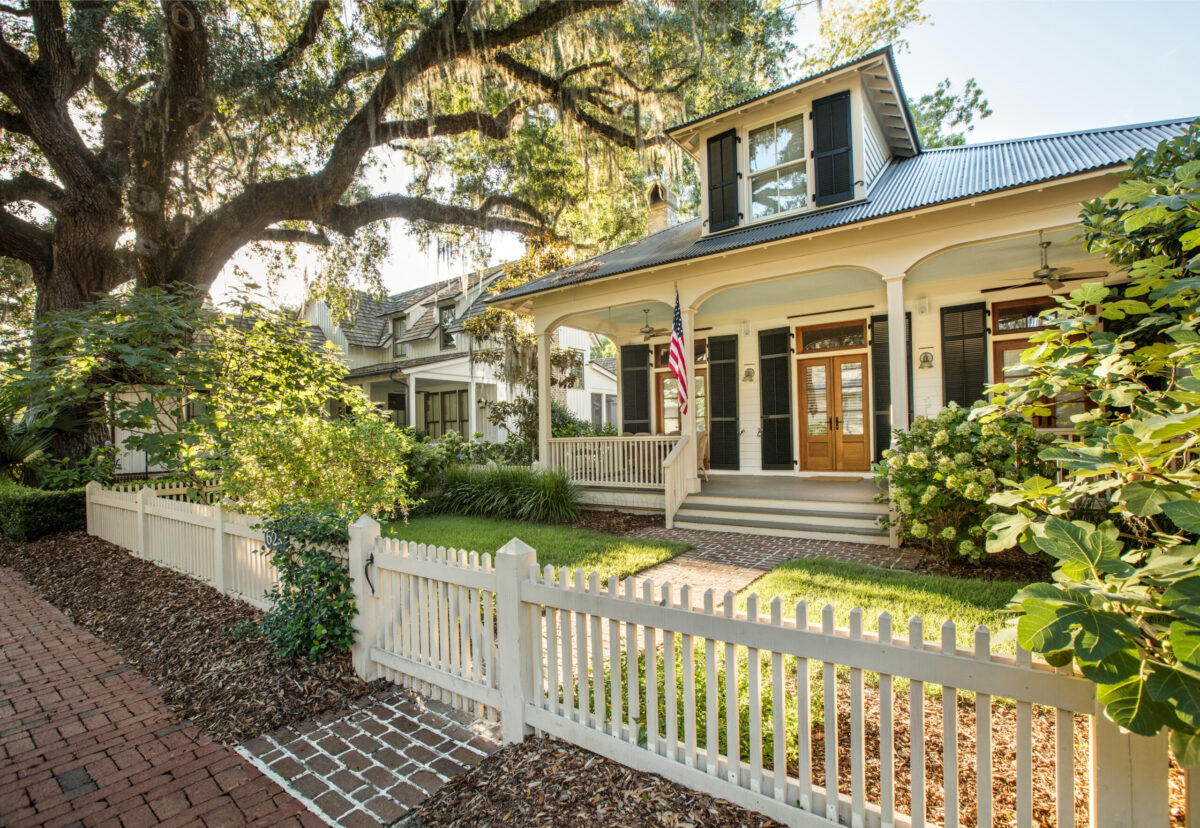
7 Ways To Upkeep Your Palmetto Bluff Home As spring arrives in the Lowcountry, the change in season brings more than blooming marshlands and sun-drenched afternoons; it’s also a perfect time to refresh and care for your Palmetto Bluff home. Coastal living mea...

When the land speaks, you listen. And at Palmetto Bluff, it spoke to two of golf’s most legendary course designers—Bill Coore and Ben Crenshaw. We invite you to watch our newest video, shot this past winter and featuring Bill and Ben, along with South Street P...

5 Renovations to Increase the Value of Your Lowcountry Home Whether Palmetto Bluff is your full-time residence or a cherished retreat, deciding to sell is never a quick or casual choice. However, when the time does come, you want your home to be as market-rea...
Learn about the Palmetto Bluff Conservancy and how we keep the vision of our land in place.
On land or water, there is an ever-evolving variety of activities.
We do not attempt to independently verify the currency, completeness, accuracy or authenticity of the data contained herein. All area measurements and calculations are approximate and should be independently verified. Data may be subject to transcription and transmission errors. Accordingly, the data is provided on an “as is” “as available” basis only and may not reflect all real estate activity in the market”. © [2023] REsides, Inc. All rights reserved. Certain information contained herein is derived from information, which is the licensed property of, and copyrighted by, REsides, Inc.